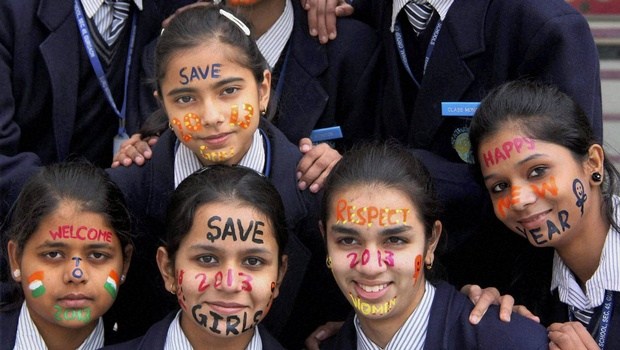
By Pramit Bhattacharya
New Delhi : India’s problem of gender imbalance may be deepening, with virtually all corners of the country now affected by a skewed sex ratio at birth, data from the latest round of the National Family Health Survey (NFHS) shows.
The survey of over 6 lakh households conducted in 2015-16 shows that districts with the lowest sex ratios at birth now include several districts of states such as Assam and Nagaland in the north-east and Tamil Nadu and Karnataka in the south. These are states where overall sex ratio is higher than the rest of the country, and where social outcomes—such as literacy, work participation rates etc.—are more favourable to women than in most other parts of the country.
As the accompanying map shows, districts marked in deep red—those with sex ratio at birth below 800—are spread across the length and breadth of the country. This is in contrast to the patterns observed for the overall sex ratio. Districts with low sex ratios (overall) are largely clustered in the north-western parts of the country. Sex ratio refers to the number of females per 1,000 males. NFHS records both the overall sex ratio in the year of the survey, and the sex ratios at birth for those born in the past five years.
Notes:
1. Data from National Family Health Survey (2015-16). Conducted by the Ministry of Health and Family Welfare, the survey interviewed approximately 7 Lakh women and 10 Lakh men of age groups 15-54.
2. “Richer” households are those with TV, computer, phone and motorised 2-wheeler/ 4-wheeler. Data from Census 2011.
3. Pregnant women and women with a birth in the preceding 2 months were not covered in this aspect of the survey.
4. For some districts the percentage data was based on survey of 25-49 unweighted cases.
5. Women completing high school covers women who have completed ten or more years of atleast.
6. Underaged marriage covers women aged 20-24 years, who were married before age 18.
7. Uttar Pradesh, Telengana, Andhra Pradesh, Tamil Nadu, Kerala, Rajasthan, Haryana, Punjab, Madhya Pradesh, Maharashtra, Bihar, Gujarat, West Bengal.
Source: Livemint

Leave a Reply